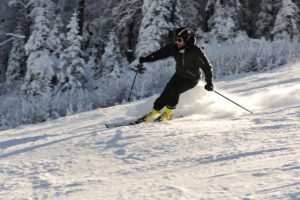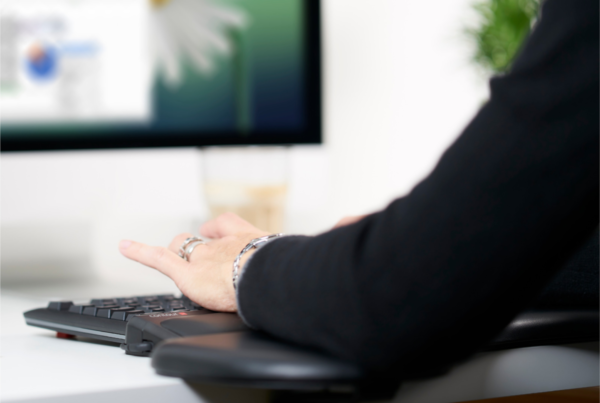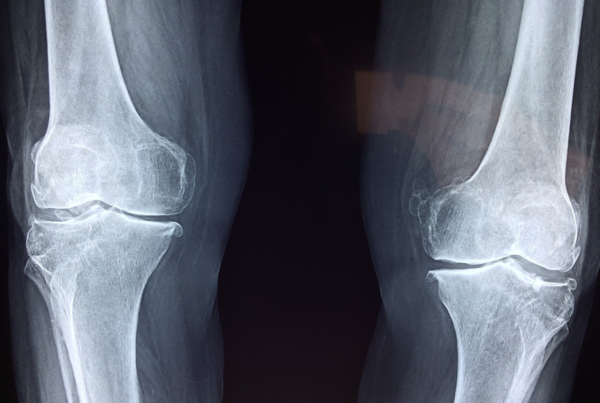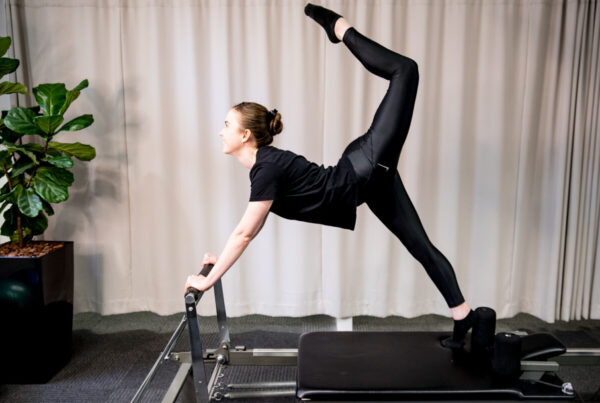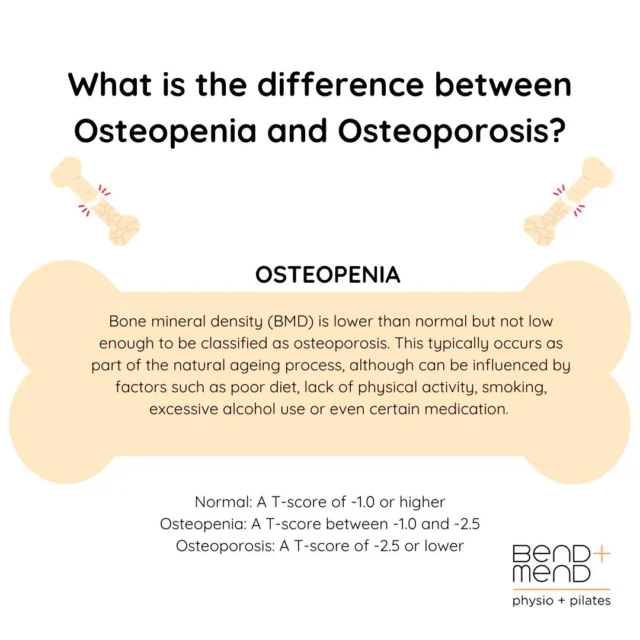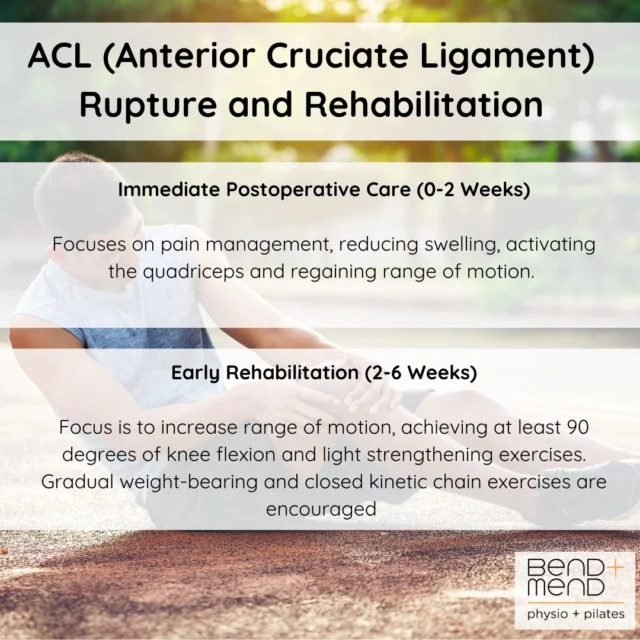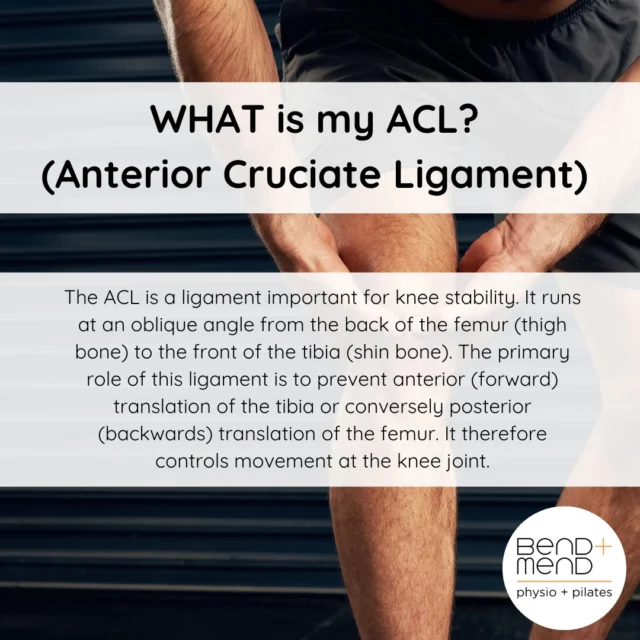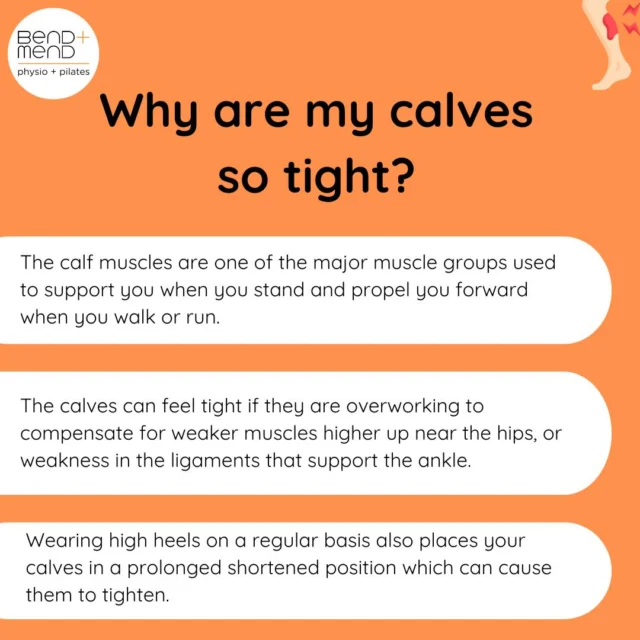It’s important when embarking on your first snow trip, or going back to the snow for the first time in a while, to understand which muscles you will be using and preparing them for the impact of the snow!
Mulled wine, hot chocolate, peach schnapps, powdery (or slushy) white snow. In Australia it is a winter luxury to hit the snow fields, so when you wake up after your first day of skiing you want to be well prepared for some muscle soreness! It is important to know how to deal with this, but more importantly prevent it from happening. Being fit, strong and ready for your few days at the snow will make your experience that much more enjoyable!
What muscle groups do skiers and snowboarders use?
While snowboarding and skiing are vastly different sports, they both involve the legs and core muscles.
For Snowboarders
- Abdominals/core: The frequent changing sides from heel to toe whilst turning, traversing and stop/starting, and even just moving forward require strong control and balance of the core muscles.
- Quadriceps: You need strong knees and thighs! You will never see a snowboarder go down the mountain standing fully upright. A slight bend in the knees is important for balance and crucial to minimising impact on the knees and of course the rest of the body.
- Calves: Snowboarders spend the majority of their day in a partially squatted position. The angle of your bindings and boots ensure that the calf muscles are always switched on and can be susceptible to cramping! So get these guys nice and strong to prevent the painful burn.
For Skiers:
- Quadriceps: From the moment you put your boots on in the morning your quads are immediately engaged. Any skier will tell you that this is their sorest body part after a session on the slopes! With your knees constantly bent these muscles are sure to feel burn throughout the day. Strong thighs help to minimise impact on the knee joints and aid in suspension upon landing when skiing.
- Abdominals/core: particularly the deep core muscles. A strong core is essential for stability and balance when gliding down the mountain. When you are at the level of parallel skiing it is important for protection of your lumbar spine and to aid your balance/control down the slopes!
- Hamstrings, glutes: the side-to-side action of skiing, as well as the all day crouch require good dynamic hip stability. Unlike snowboarding your lower limbs are not connected which means great glute and hamstring strength is required for single leg stability when using one leg at time.
Slopes Strength Preparation:
Once you have your snow trip planned its important to have at least 4 weeks of strength, balance and endurance training incorporated onto your program that work the right muscle groups. By targeting specific muscle groups you will be able to tolerate higher amounts of lactic acid, meaning you will not fatigue on the mountain and you will be able to enjoy longer runs. Integrating proprioception exercises like multi-directional one leg hops on a bosu or trampoline into your pre-snow adventure routine may reduce the risk of injury as it prepares your body to activate stabilizing muscles around the joints.
Here are some exercises you could incorporate into your routine:
- Static lunges
- Jump squats
- Single leg squats
- Band work: lateral, forward, backward
- Calf raises
- Russian twists: with medicine ball
- Full body plank
- Bug Legs
- Bosu Ball squats: great for quads and glute strength as well as challenging your core/balance.
- Single leg balance: try standing on a pillow, bosu or closing your eyes for an extra challenge!
The increase in injuries at the snow is understandable with the snow culture now going bigger, faster and higher. But preparing yourself physically for your snow trip by avoiding hangovers and dehydration, recognising your limitations within the sport and understanding the snow conditions will ensure that you minimise the risks!
